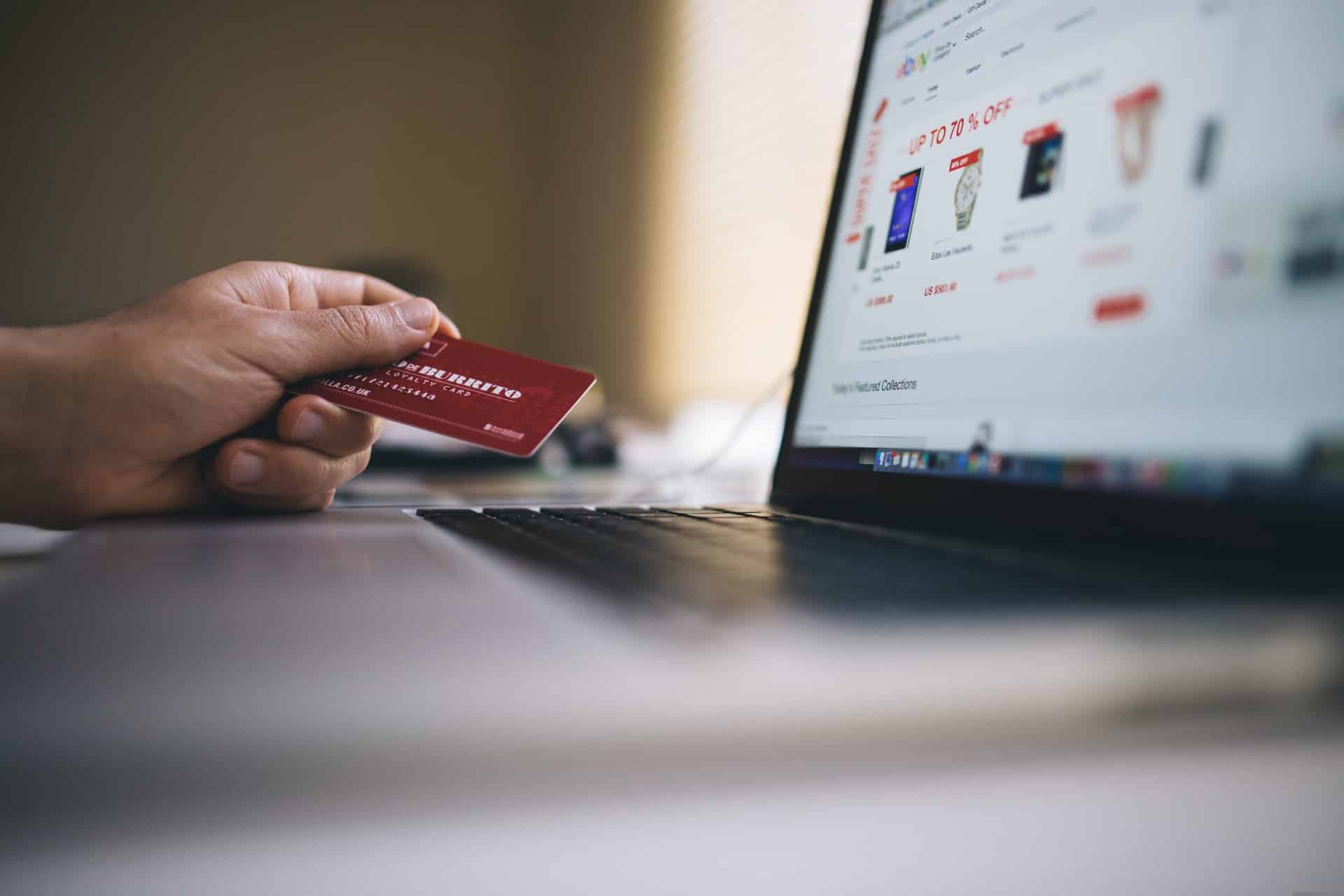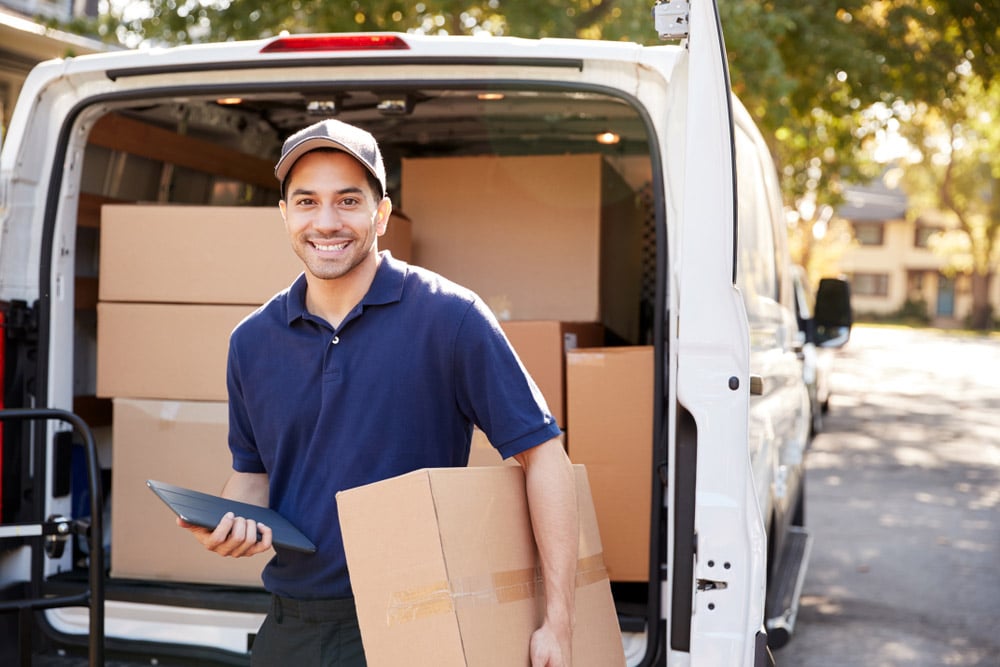Rapid penetration of the internet and access to smartphones has changed the way the world works, including how we interact with brands for making our buying decisions. Digital-savvy consumers today seek to have complete control over their purchases by gathering all the information they can about a particular product or service before concluding any transaction. This has forced businesses to change their strategies to ensure they reach out to their customers in a more effective way and create demand for their products and services. 3PL service providers now have the added responsibility to provide efficient omnichannel logistics to create a convenient, seamless user experience for end consumers that offers many opportunities for fulfilment.
Changing strategies in omnichannel logistics
Traditionally, brands have been using the multichannel approach to reach out to customers. In this model, channels operate independently and often compete with each other. Besides, there can be a significant variation in pricing, customer experience, product information, service, etc. across different channels.
However, today, digitally connected customers are looking for a more personalised shopping experience, which has changed the face of retail. This has given rise to the omnichannel approach in which all channels converge into a single channel to provide a holistic and unified customer experience. This model ensures a seamless flow from online shopping to speedy delivery to return pick-up, if any.
Key differentiators
Omnichannel logistics
One of the challenges in the omnichannel model is real-time visibility of inventory. Higher levels of slow-moving or dead inventory can only lead to an additional cost burden for retailers. Similarly, unavailability of fast moving stock can also impact customer retention.
The success of the omnichannel model, thus, lies in how effectively the brand uses logistics and the supply chain ecosystem. A robust logistics system enables brands to provide a cost-effective delivery mechanism, personalised experience and flexible fulfilment.
Logistics players are playing a crucial role in improving inventory visibility and customer experience by leveraging technology. Technologies such as Artificial Intelligence, Machine Learning, data analytics, Internet of Things, and automation are being deployed to ensure speedy delivery and inventory visibility.
Working towards fulfilment
Over the last few years, the concept of kirana stores has been replaced with fulfilment centres that are serving as pick-up locations for online orders and also enabling last-mile delivery for local shipments. Similarly, godowns are now turning into showrooms or studios to provide a more personalised experience to customers.
Logistics players are using automation and robotics at warehouses for the segregation of orders to ensure faster movement of goods. The warehouse management system (WMS) is deployed to track the movement of every stock item.
Last-mile delivery
Since the omnichannel model focuses on ‘anytime, anywhere, any device’ philosophy, last-mile delivery has become a crucial component in improving customer experience. Delay in receiving orders can result in losing customer confidence. Brands have to, therefore, ensure that they partner with logistics services providers which have a significant presence across the country with adequate warehousing capacity to ensure availability of stocks.
One of the challenges in the omnichannel model is reverse logistics. It is therefore important that retailers offer a seamless and hassle-free return process to ensure consumer confidence and loyalty.
In a nutshell
As technology advances, customers will tend to easily switch to other brands that provide a better user experience, seamless integration, and price competitiveness. It is therefore necessary that brands collaborate with all the stakeholders concerned to strengthen the supply chain and ensure real-time inventory visibility of the merchandise in retail stores. Apart from expanding their own stores’ network, brands will have to also partner with 3PL services providers that have the necessary infrastructure in place to ensure on-time delivery.






